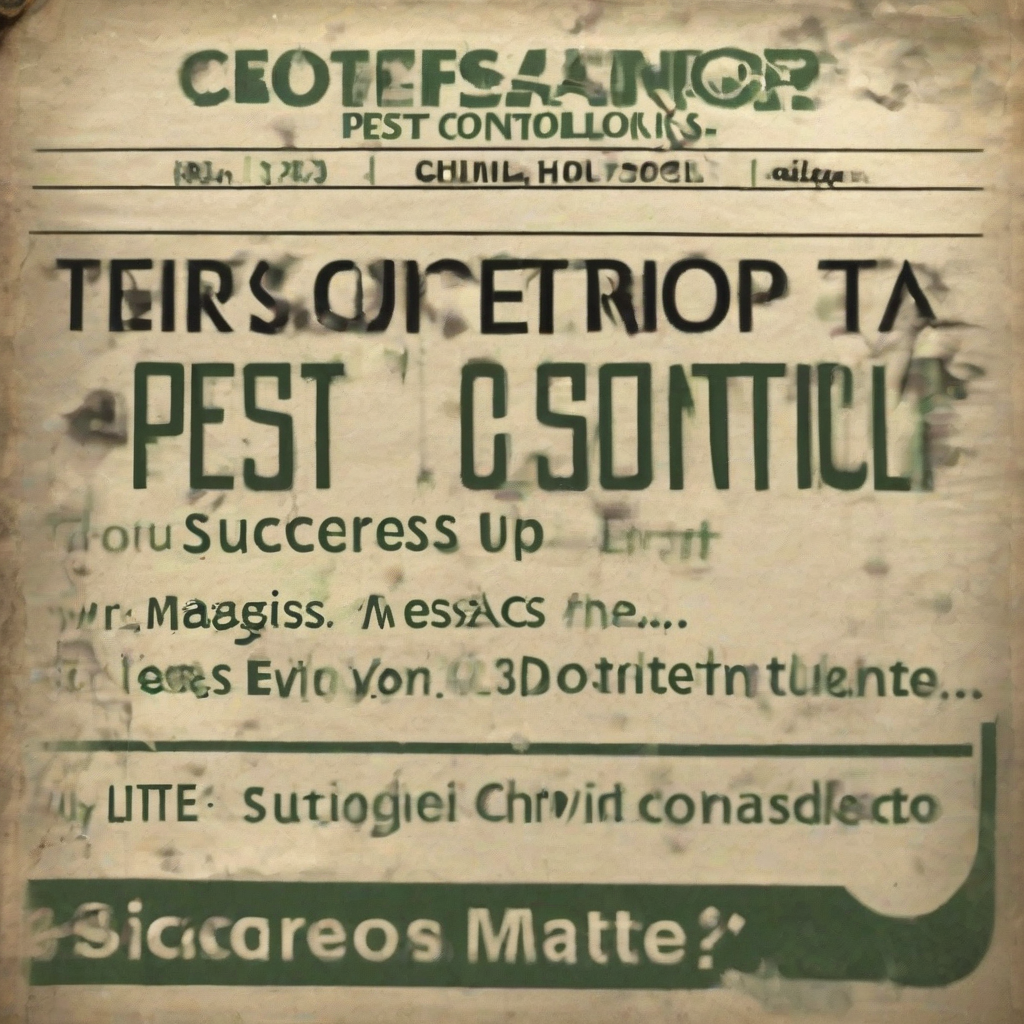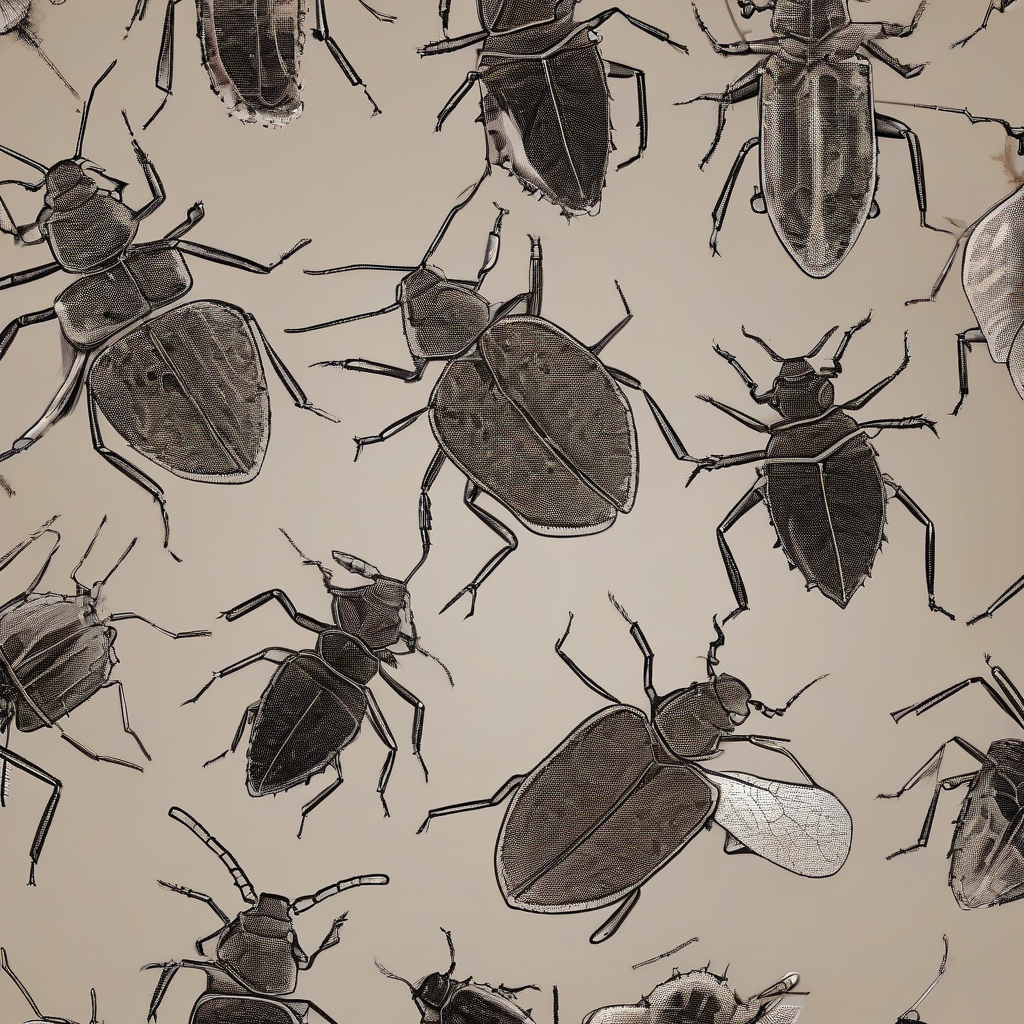Squirrel Control: Effective Strategies for a Pest-Free Property
Squirrels, while undeniably cute, can quickly become a nuisance, even a significant pest, when they invade your property. Their destructive tendencies, from gnawing on wires and structures to raiding gardens and attics, demand effective control measures. This comprehensive guide explores various strategies to manage squirrel infestations safely and humanely, ensuring a pest-free environment for you and your family.
Understanding Squirrel Behavior: The First Step to Control
Before implementing any control strategy, understanding squirrel behavior is crucial. Squirrels are highly adaptable creatures, exhibiting diverse behaviors depending on species, environment, and food availability. Knowing their habits allows for more targeted and effective interventions.
- Foraging Habits: Squirrels are omnivores with a preference for nuts, seeds, fruits, and occasionally insects. Understanding their preferred food sources helps in designing deterrents and traps.
- Nesting Habits: Squirrels build nests, called dreys, in tree hollows, attics, chimneys, and other sheltered locations. Identifying these nests is crucial for exclusion and removal strategies.
- Territorial Behavior: Squirrels are territorial, often leading to conflicts between individuals and increased activity around food sources and nesting sites. This territoriality can influence control methods.
- Activity Patterns: Squirrels are most active during dawn and dusk. Understanding their activity patterns helps determine the best times for observation and intervention.
Non-Lethal Squirrel Control Methods: Prioritizing Humane Solutions
Prioritizing humane methods is essential when dealing with squirrel infestations. While lethal methods exist, non-lethal strategies are often more effective in the long run and better for both the animals and the environment.
Exclusion and Prevention: Keeping Squirrels Out
- Seal Entry Points: Carefully inspect your property for any potential entry points, such as holes in walls, roofs, or around pipes. Seal these openings with sturdy materials like metal mesh or concrete to prevent access.
- Trim Overhanging Branches: Trees and shrubs close to your house provide easy access for squirrels. Regularly trim branches to increase the distance between trees and your property.
- Remove Attractive Food Sources: Secure garbage cans, bird feeders, and compost piles to eliminate readily available food sources that attract squirrels.
- Install Baffles on Bird Feeders: Squirrels are adept climbers. Baffles installed below bird feeders prevent squirrels from accessing the food.
- Protect Gardens: Use protective netting or fencing to safeguard vegetable gardens and fruit trees from squirrel damage.
Repellents: Discouraging Squirrel Activity
- Commercial Repellents: Many commercial repellents are available, often containing natural ingredients like capsaicin (pepper spray) or other scents squirrels find unpleasant. Apply as directed.
- Homemade Repellents: Some homeowners use homemade repellents, such as a mixture of water and peppermint oil or commercially available predator urine. Effectiveness varies.
- Motion-Activated Sprinklers: These sprinklers deter squirrels by spraying water when motion is detected near the target area.
- Ultrasonic Repellents: These devices emit high-frequency sounds that are supposedly unpleasant to squirrels. Effectiveness is debated, and results may vary.
Trapping and Relocation: A Humane Removal Strategy
Trapping and relocation is a humane alternative to lethal control, especially if you’re dealing with a significant infestation. However, it requires careful planning and adherence to local regulations.
- Choosing the Right Trap: Single-catch live traps are generally recommended. Ensure the trap is appropriately sized for squirrels and check it regularly.
- Baiting the Trap: Use attractive bait such as nuts, seeds, or fruits to lure squirrels into the trap. Avoid using bait that could attract other animals.
- Trap Placement: Place traps strategically near squirrel activity areas, but away from high-traffic areas.
- Relocation: Once a squirrel is trapped, relocate it at least several miles away from your property, preferably to a wooded area with ample food and shelter. Check local regulations regarding relocation.
- Important Note: Always handle trapped squirrels with care. Wear gloves and avoid direct contact.
Dealing with Squirrel Damage: Repair and Prevention
Once you’ve addressed the infestation, repairing any damage caused by squirrels is essential. This prevents further problems and safeguards your property.
- Repairing Holes and Cracks: Seal any holes or cracks in walls, roofs, or foundations that squirrels may have created. Use appropriate materials to ensure long-term protection.
- Replacing Damaged Wiring: Squirrels often chew on electrical wiring, posing a fire hazard. Have any damaged wiring replaced by a qualified electrician.
- Protecting Trees and Plants: Protect valuable trees and plants from further damage by using tree guards or other protective measures.
When to Call a Professional Pest Control Service
While many squirrel control methods can be implemented independently, it’s advisable to contact a professional pest control service under certain circumstances:
- Extensive Infestation: If you have a large squirrel population or a persistent infestation despite your efforts.
- Difficulty Accessing Entry Points: If you can’t locate or access squirrel entry points due to the structure of your home.
- Safety Concerns: If you’re uncomfortable handling traps or dealing with squirrels directly.
- Specialized Equipment: If advanced techniques or equipment are needed to address the infestation.
Preventing Future Infestations: Long-Term Strategies
Preventing future infestations is just as important as controlling current ones. Implementing preventative measures can significantly reduce the risk of repeated problems.
- Regular Inspections: Regularly inspect your property for potential entry points and signs of squirrel activity.
- Maintaining a Clean Property: Remove debris, food scraps, and clutter that can attract squirrels.
- Proper Waste Disposal: Secure garbage cans and compost bins to prevent squirrels from accessing food sources.
- Landscape Management: Keep branches trimmed away from your house and minimize access points for squirrels.
Legal and Ethical Considerations: Humane and Responsible Squirrel Control
Remember to always adhere to local laws and regulations concerning wildlife control. In some areas, trapping and relocation may be restricted, while lethal methods may be prohibited. Always prioritize humane and responsible practices.
- Check Local Ordinances: Research your local ordinances regarding wildlife control before implementing any control methods.
- Humane Treatment: Always prioritize humane treatment of squirrels, avoiding cruel or unnecessary methods.
- Professional Assistance: Don’t hesitate to consult with wildlife professionals or pest control services for guidance and assistance.
Choosing the Right Approach: Tailoring Your Strategy
The most effective squirrel control strategy depends on various factors, including the severity of the infestation, the species of squirrel, your property’s characteristics, and your personal comfort level. Consider all the options discussed and choose the approach best suited to your unique situation.




